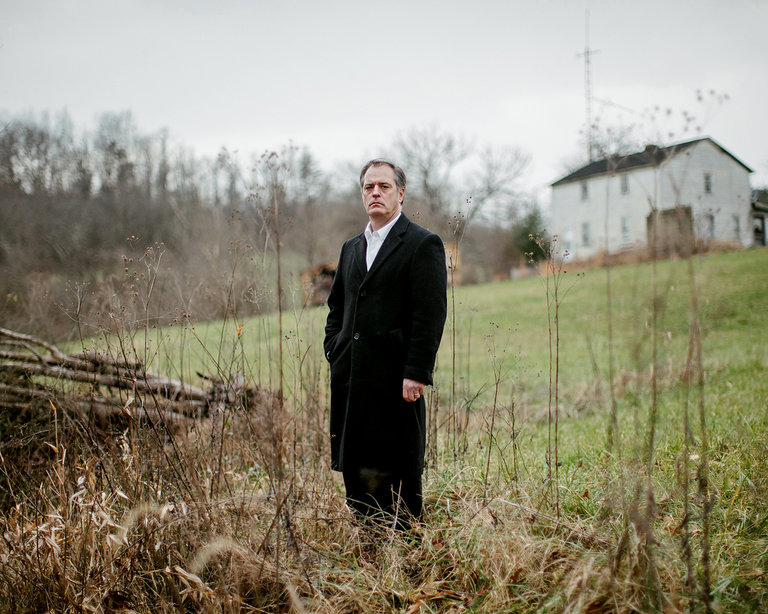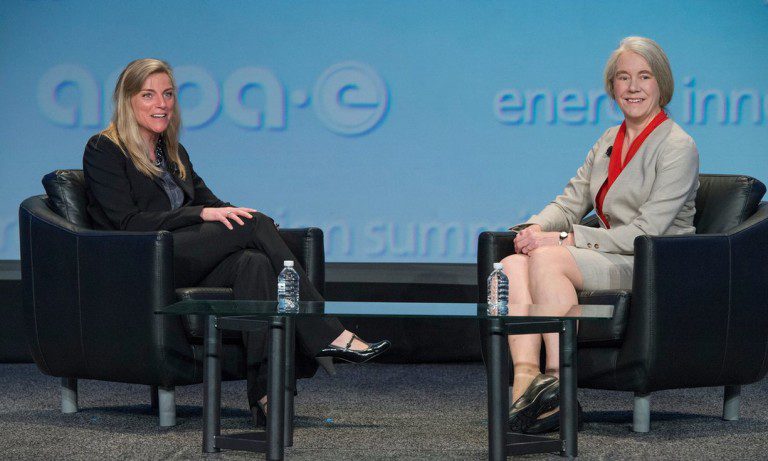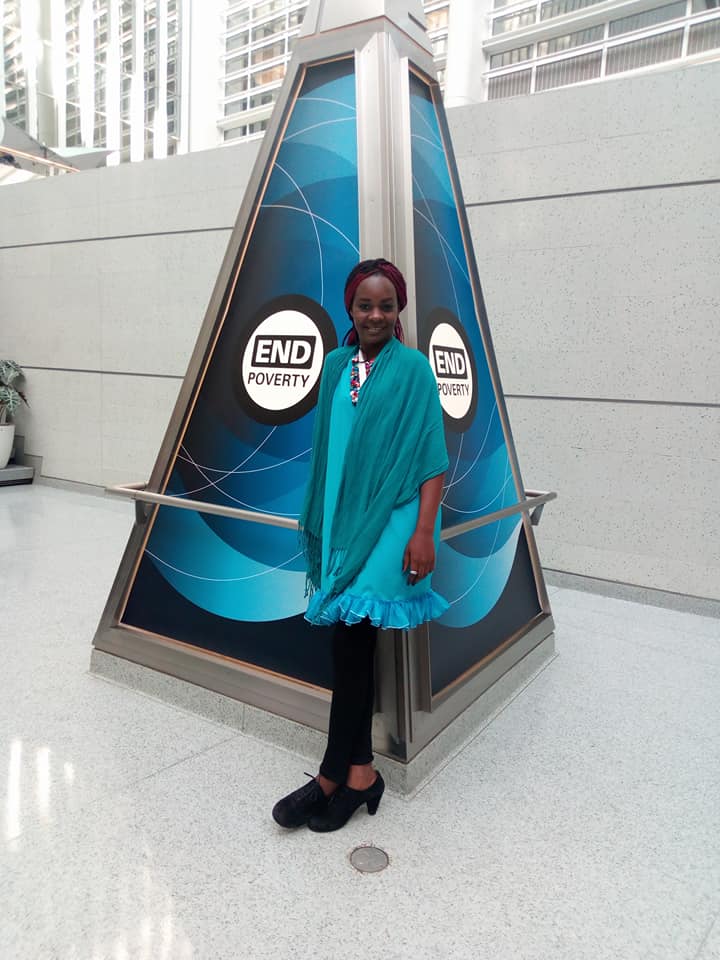By NATHANIEL RICHMAY 27, 2016
Cover Photo- Rob Bilott near Parkersburg, W.Va., in December. CreditBryan Schutmaat for The New York Times
Last week 5.2 million Americans learned that their drinking water is contaminated with man-made chemicals linked to cancer. The Environmental Protection Agency issued a health advisory for two compounds: perfluorooctanoic acid (PFOA), which is used in the manufacture of Teflon and other nonstick substances, and the related perfluorooctane sulfonic acid (PFOS). An E.P.A. health advisory is not a regulation; it is nonbinding and nonenforceable. It does, however, require a public water system to notify its customers of the presence of the chemical and the dangers it poses. As a result, the E.P.A.’s announcement had immediate effects. Within hours, public wells were shut down in Horsham, Pa., and Maricopa County, Ariz. West Virginia’s Bureau for Public Health ordered a “do not drink” advisory for the water in three communities: Parkersburg, the site of a Teflon factory that until recently was operated by DuPont; the adjacent town of Vienna; and Martinsburg, four hours east, near the Maryland border. The West Virginia National Guard sent convoys of tankers containing drinking water to Vienna.
Rob Bilott, a lawyer at the Cincinnati firm of Taft, Stettinius and Hollister, has demanded that the E.P.A. take action on PFOA since 2001. (See “The Lawyer Who Became DuPont’s Worst Nightmare.”) By that point, Bilott had read more than 110,000 pages of internal corporate documents related to PFOA. He had learned that DuPont, despite knowledge that the chemical was linked to increased rates of cancer and other horrific health conditions in animals and human beings, had dumped mountains of the stuff into the local water supply for decades. It was even known in 2001 that perfluorinated chemicals had been detected nationwide in nearly every sample tested at blood banks. At least once a year since then, Bilott has written to the E.P.A. to renew his request.
Anyone who wants to understand how seriously the United States government considers its duty to protect the health of its citizens need only review the history of the correspondence between Bilott and the agency. It is a one-sided correspondence. In his annual letters, Bilott attaches previous correspondence, new scientific findings about the dangers of PFOA and disclosures from the legal cases he has waged continuously against DuPont since 1998. The E.P.A.’s responses are curt, usually less than a single page. In recent years the E.P.A. has claimed to be close to issuing a health advisory. But it did not do so until last Thursday.
Who has been drinking this poisoned water? More than five million American citizens, according to the Environmental Working Group, which analyzes data released publicly by the E.P.A. It has been found in dangerous concentrations in 52 public water systems across 19 states and two Pacific island territories. But Bilott said that the new E.P.A. advisory — warning against long-term exposure to drinking water with a concentration of PFOA or PFOS higher than 0.07 parts per billion — is too conservative. “It needs to be much, much lower,” he told me this week. “Even at the lowest detectable levels, it still builds up in the blood over time.” The Environmental Working Group has proposed a limit of 0.001 parts per billion, though Bilott suspects that anything above zero may be dangerous, because of PFOA’s extraordinary “bio-persistence” in the blood. Once it enters your body, it stays there.
It is relatively easy to remove perfluorinated chemicals from drinking water. All that is required is the installation of a carbon-filtration system, not a particularly expensive endeavor. For more than 10 years Bilott has asked DuPont to install a filtration system in Parkersburg without success. After Vienna tested positive for high concentrations of PFOA last year, Bilott requested that Chemours, the DuPont spinoff company that now runs the local factory, provide a filtration system for that community. Chemours declined. But on Sunday it announced that it would install one.
The company’s supporters tried to allay public anxiety. The Parkersburg News and Sentinel, which for the last 10 years has largely managed to avoid covering the class-action lawsuit facing the city’s main employer — a suit in which a high percentage of its readers are plaintiffs — published an editorial in response to the E.P.A. advisory titled “Don’t Panic.” It accused the E.P.A. of changing its mind about PFOA “overnight.” The editors noted that water in the area had tested at these levels for “decades,” as if this was cause for reassurance.
The Parkersburg News and Sentinel accused the E.P.A. of succumbing to “political pressure.” This point has some merit. In the last four and a half months, the E.P.A. has received letters demanding action on PFOA from Senator Joe Manchin of West Virginia, and from the three governors and six senators of New York, Vermont and New Hampshire, all states dealing with their own PFOA crises. Chris Gibson, a Republican congressmen from upstate New York, requested a congressional investigation after high levels of PFOA were found in the drinking water of Hoosick Falls, N.Y.
“It’s frustrating to see that it takes this kind of effort to get the agency to move on a chemical like this,” Bilott told me. “It shouldn’t take the public having to force the issue. It says a lot about our current regulatory system.”
Bilott learned of the E.P.A. news through a Google alert. The agency did not bother to notify him directly. “There’s frankly no reason why this couldn’t have been done over a decade ago,” he says. “People should not have been drinking this for the last 15 years.”
In the last week Bilott said he has received phone calls from frightened residents in Pennsylvania, West Virginia, New Jersey, New York, New Hampshire, Vermont, Colorado and California. Most of the callers had never heard of PFOA until Thursday, when they were told it was in their water. They wanted information. They wanted to protect their health and the health of their families. They wanted help. Nobody seemed to be offering it, so they called Bilott.






